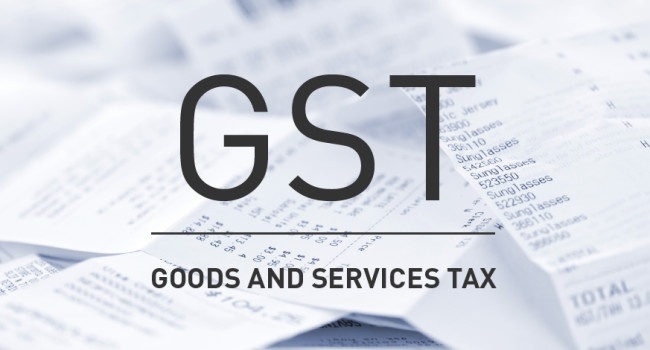GST was introduced during the 2007-2008 budget session. The President of India approved the Constitution Amendment Bill for Goods And Services Tax in the Parliament. Ratification was done by more than 50 percent of state legislatures. The Central Government is planning to implement the GST Bill by April 2017.
What Is GST?
Goods and Service Tax or GST is a destination-based tax levied at all points in the supply chain in which taxes paid on input is allowed to be set-off against taxes payable on output. It applies to all goods and services in a continuous and comprehensive manner.
However, the end consumer has to bear this tax. The same case is applicable today for all indirect taxes but the final cost will come out lower than with the present tax structure.
Once implemented, GST will reduce the cascading effect of tax, that is, tax imposed on taxes. It will subsume all indirect taxes within itself, thus a single taxation system will be in practice. You won’t have to pay multiple taxes on the same product, and this means no double charges. However, it will definitely have an effect on business invoice prices for entrepreneurs.
Salient Features Of GST
- Dual System GST: Both Central and State Government will levy GST known as Central GST (CGST) and State GST (SGST), respectively. However, uniformity in chargeability, measure of levy including valuation provisions will be present.
- Single Taxation: Taxes like excise duties, service tax, custom duty will be merged under CGST. Sales taxes, entertainment tax, value added tax and other state taxes will be merged under SGST.
- Destination-based Tax: As mentioned earlier, GST is applicable at the place where the final consumption takes place. For example, if a product of Maharashtra is sold in Madhya Pradesh, then tax will go to the credit of the M.P. Government and the Central Government.
GST Rates
Goods and services tax rates were set as apart of this law. Under the new GST law, goods and services will be taxed at five different rates for anything not considered industrial buying. These GST rates are 0%, 5%, 12%, 18% and 28%. There is also a special rate of .25% for rough precious and semi-precious stones. In addition, gold will have a special 3% tax rate. Cigarettes are also expected to be subject to additional taxation. These are the goods and services tax rates expected to go into effect on July 1st of 2017.
Why Was A Constitutional Amendment Required?
In the present economy, the states don’t have the power to levy a tax on supply of services while the Central Government doesn’t have the power to levy tax on sale of goods. The Constitutional Amendment was required to empower the states to levy service tax and other supply services tax and the Centre to levy tax on sale of goods. This was a similar process used to create FICA taxes in the US.
Intra-State Transactions
In a transaction within a state, both SGST and CGST will be levied and collected by the respective governments. The credit of CGST is to be utilised to pay CGST only and credit of SGST is to be utilised to pay SGST only. You won’t be allowed to cross-adjust tax credit between CGST and SGST. This will of course have an impact on profit vs revenue for business. However, it is sure to be good for the country overall.
Inter-State Transaction
In an inter-state transaction, Central Government will levy an Integrated Goods and Service Tax (IGST). The Centre will then transfer 50% of the tax collected to the State Government whose buyer has purchased goods and services. In simple terms, IGST is a sum total of CGST and SGST. This 50% will be transferred only at the point when the “buyer” sells the goods and discharges his SGST liability.
GST promises to bring in a new era of economic growth with business taxes. It will have a positive impact in almost all the aspects of the business operations of the country including IT, supply chain optimization, pricing of products and services, and tax compliance systems. Once GST is actually implemented, you should be in for a pleasant surprise.
Image from http://www.gstmalaysia.co/gst-tax-code/226/
 Business First Family Business, Accounting, Finance, Investing, Marketing And Management
Business First Family Business, Accounting, Finance, Investing, Marketing And Management
